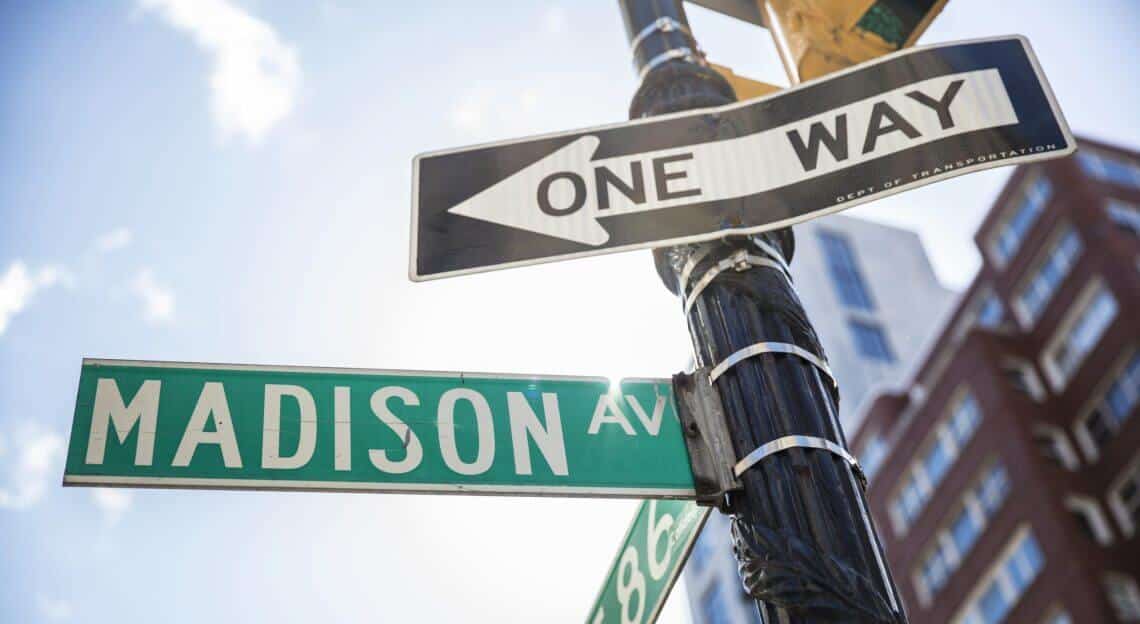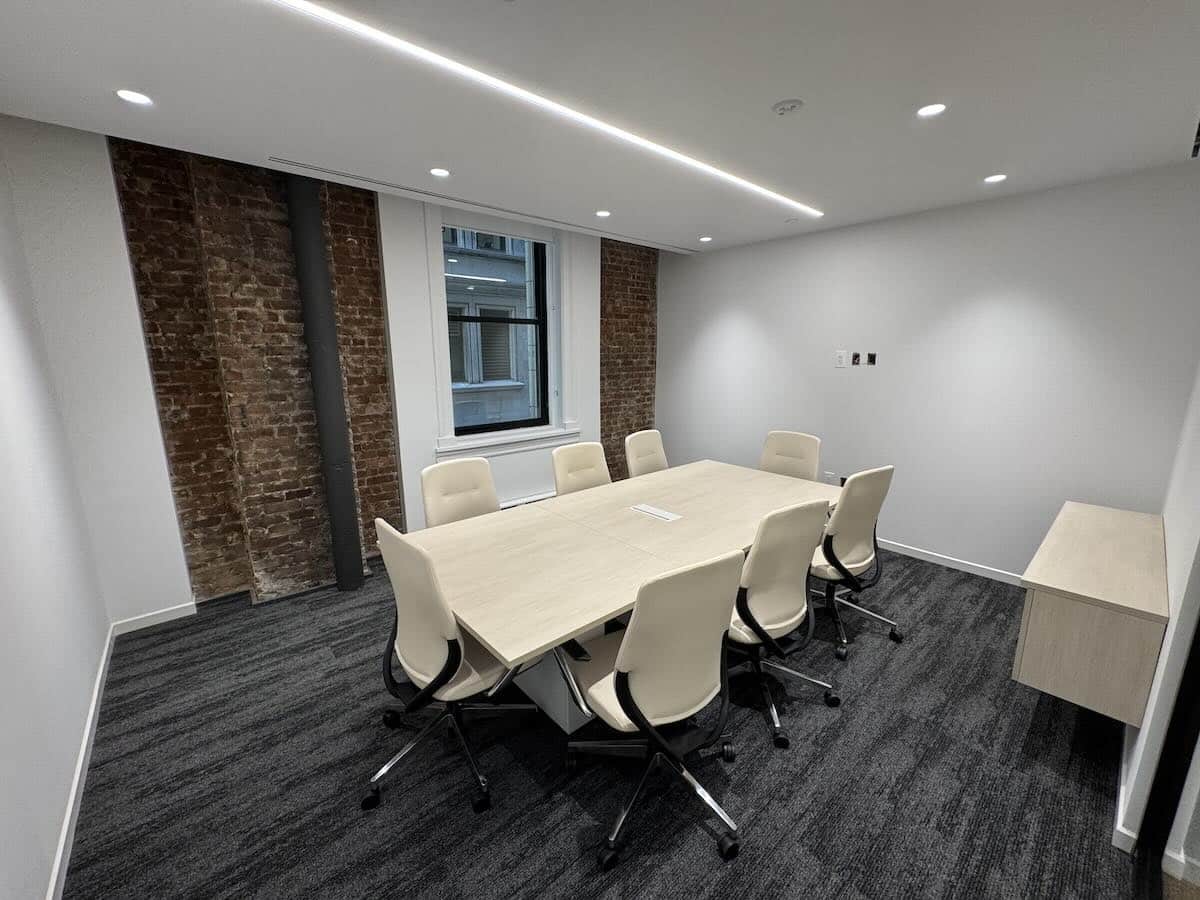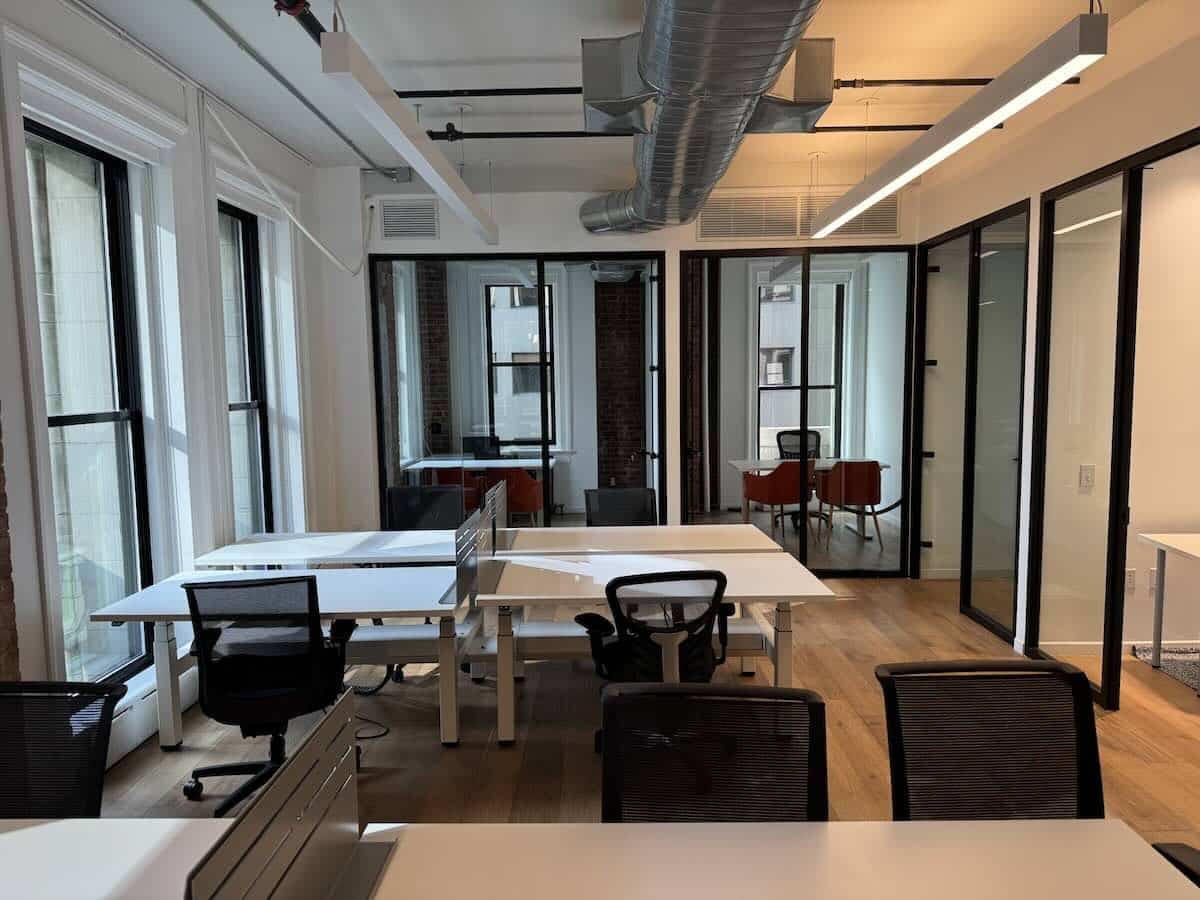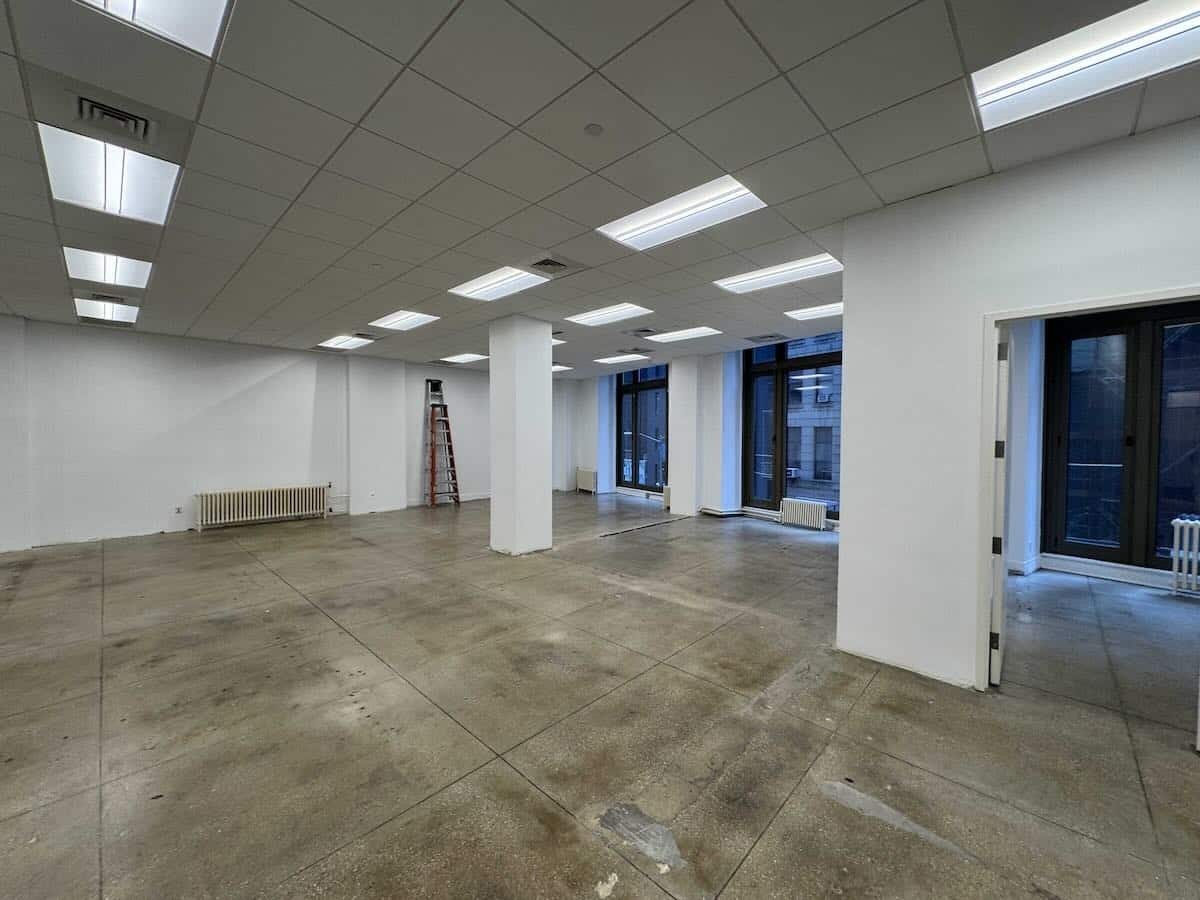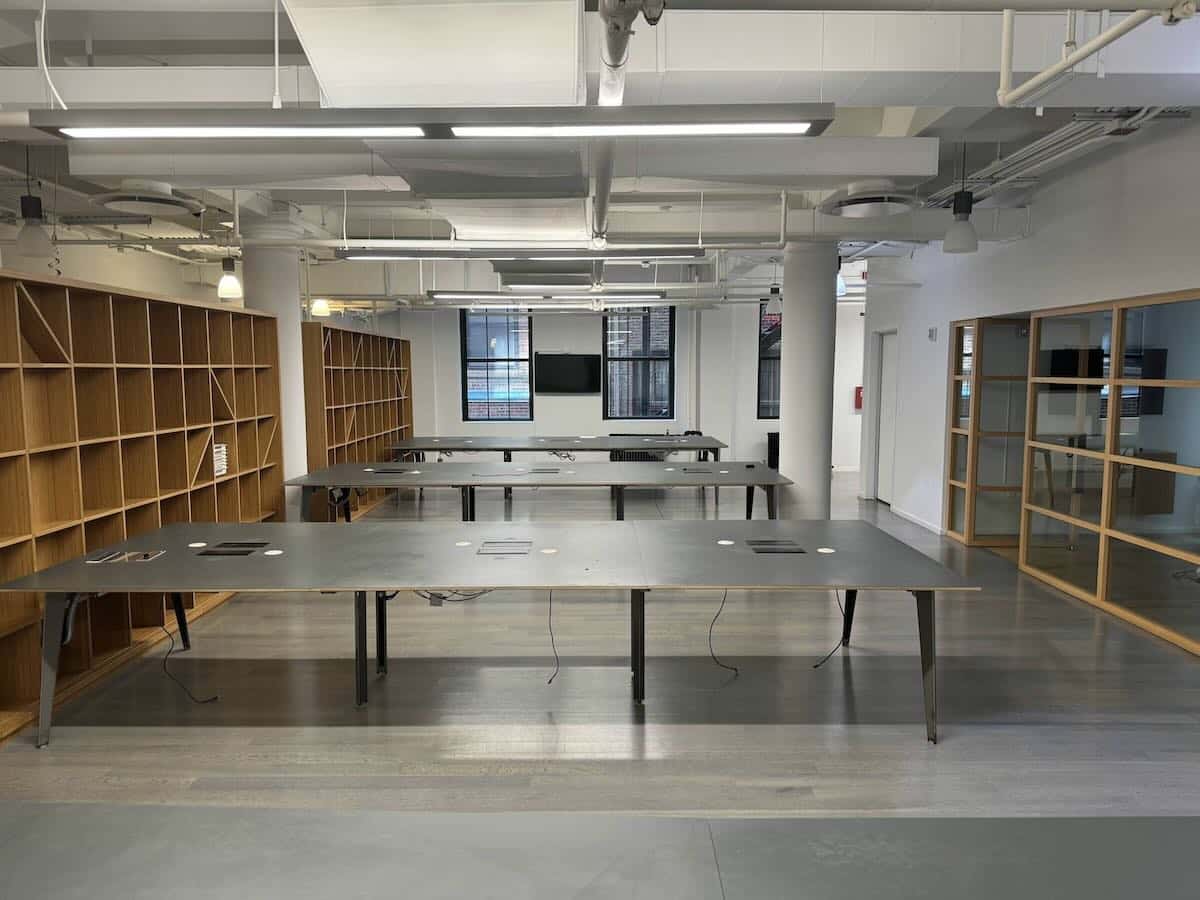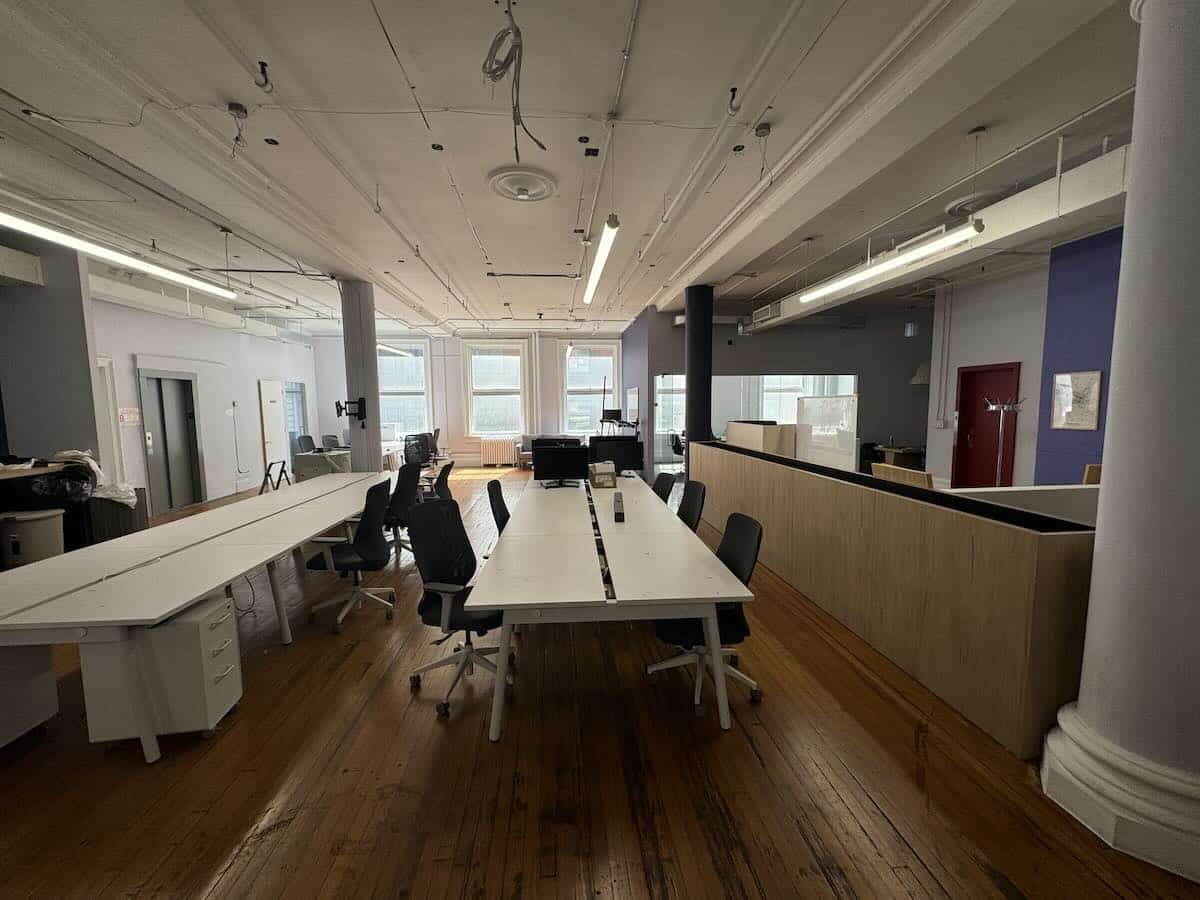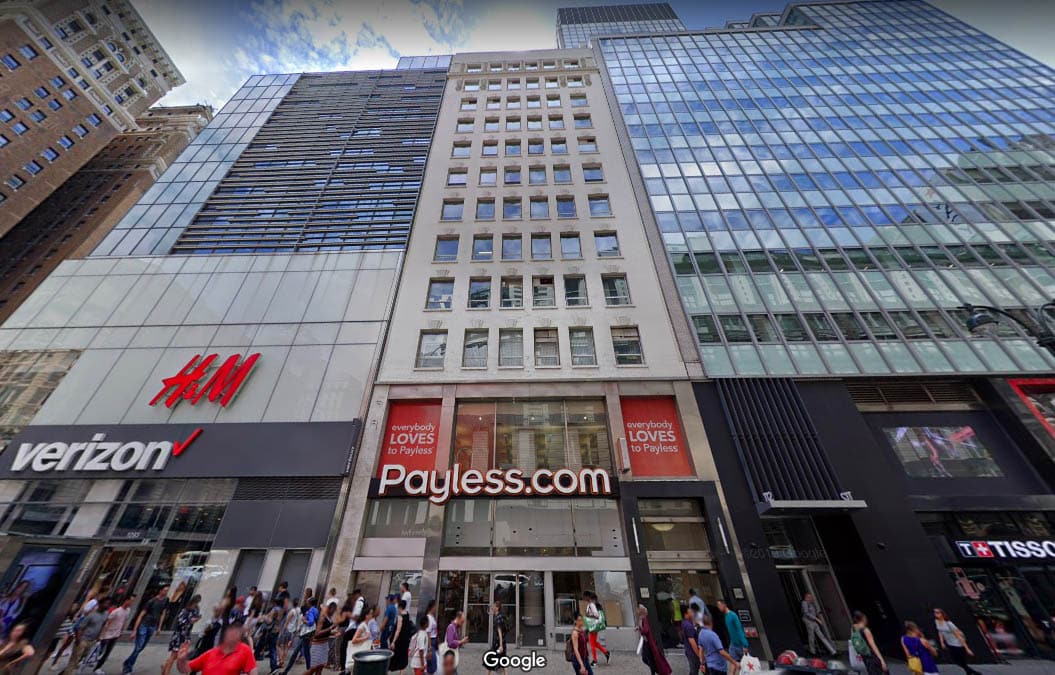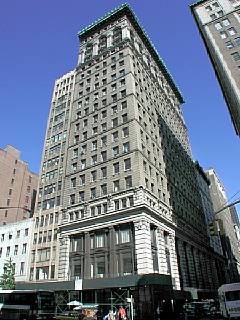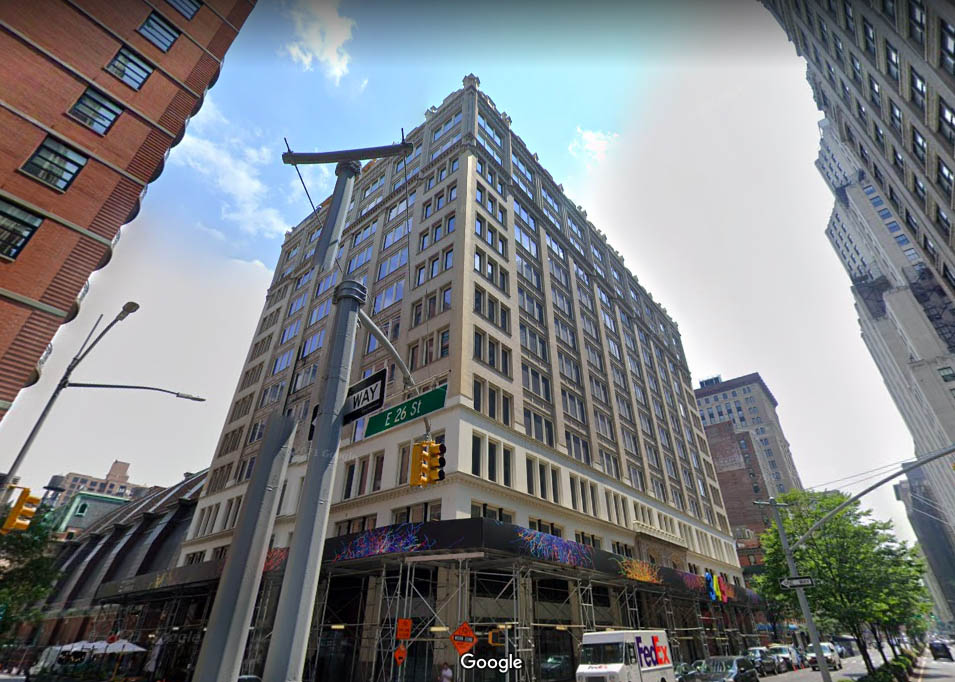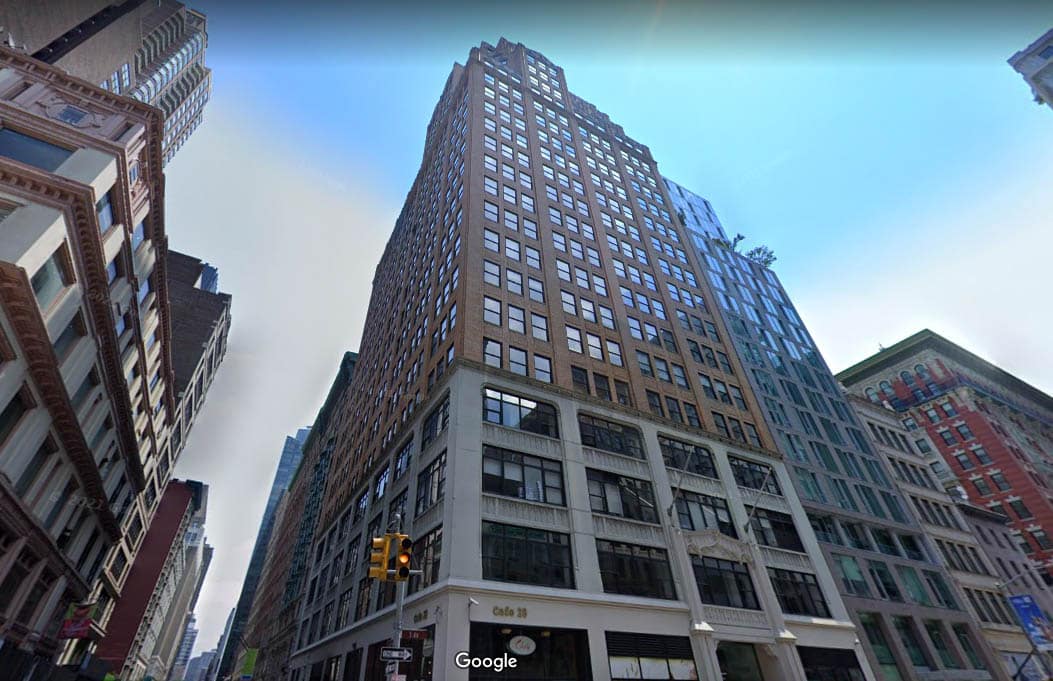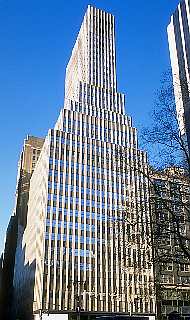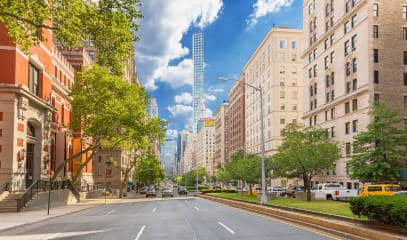Madison Avenue is one of the areas of New York City that has changed significantly since the start of the pandemic. The so-called ‘Gold Coast’ of Manhattan and the epicenter of luxury NYC retail looks very different today than it did at the start of 2020. Brands are leaving their flagship locations on Madison Avenue, and landlords are having a hard time finding tenants willing to bet on the dwindling retail market.
This fall, Swiss luxury retailer Akris made the news after buying three buildings on Madison Avenue for a price tag of just $45 million. The brand paid roughly $1,340 per square foot for 831, 835, and 837 Madison Avenue, which includes three ground-floor retail spaces and a total of 15 residences above. The sale price was 80% below 2014 levels when rents on Madison Avenue reached their peak. At the time, a building just six blocks away sold for $70 million, or $7,589 per square foot, according to the Wall Street Journal. How did it get to this?
The rise of Manhattan’s ‘Gold Coast’
Madison Avenue was first established in 1836, nestled between Park Avenue and Fifth Avenue and stretching from 57th Street to 72nd Street. It was named after President James Madison, who died the same year that Madison Avenue was completed. During the 1920s, Madison Avenue emerged as the epicenter of American advertising, with numerous agencies setting up shop in the area. The popular TV show Mad Men, which is set in the 1960s, was inspired by Madison Avenue’s rich history in the advertising industry.
Over the decades, Madison Avenue also became a luxury retail Mecca, with brands like Hermes, Gucci, Celine, Prada, Burberry, Valentino, Cartier, and Barneys New York opening flagship stores here. Ultra-luxurious condominium towers started popping up on the Manhattan skyline around Billionaires’ Row, which provided Madison Avenue shops with plenty of foot traffic. Tourists flocked to the buzzing Midtown Manhattan, eager to catch a glimpse of the luxurious lifestyle on Fifth, Madison, and Park Avenues.
As a result of its increasing popularity, Madison Avenue quickly became one of the most prestigious and most expensive parts of the city. Retail rents in the area skyrocketed, and brands would fight tooth and nail to snag a vacant space here. Having a location on Madison Avenue was synonymous with success, and brands used their flagship stores for brand awareness, marketing purposes, and one-of-a-kind shopping experiences.
The downfall of brick-and-mortar retail
The rise of e-commerce in recent years led to the dwindling popularity of brick-and-mortar stores. Online shopping was already starting to win, even before the pandemic, and many brands realized that the sky-high rents they paid for a flagship store in Manhattan were no longer justified. More and more retailers decided to close shop on Madison and Fifth Avenues in the last couple of years, including Tommy Hilfiger, John Varvatos, Barneys New York, Polo Ralph Lauren, and Henri Bendel.
The Covid-19 pandemic accelerated the transition to online shopping, and many retailers in the city are questioning the need for a physical location. Even luxury brands are deciding to close shop. LVMH, Givenchy’s parent company, is paying $24.5 million to Wharton Properties to break its lease at 747 Madison Avenue seven years early. According to the Commercial Observer, LVMH will pay $15 million to scrape the initial contract and an additional $9.5 million in prepaid rent through March 2022. Givenchy’s initial lease agreement with Wharton had an expiration date in 2029.
Just a short walk from Madison Avenue, Valentino is suing its landlord to break its three-story, three-level lease at 693 Fifth Avenue. The luxury fashion brand set up shop at the location in 2014 when it opened its largest location in the world.
Retail apocalypse or long-term investment opportunity?
The current situation on Madison Avenue seems to signal the beginning of the end for in-person retail experiences. The availability rate for retail space in the area has reached 33%, and brands are no longer fighting for a coveted spot on the prestigious Madison Avenue corridor.
Foot traffic has also decreased significantly, as office workers are telecommuting, and many homeowners in the area are relocating to Connecticut or Long Island for the time being. Tourists are also nonexistent, as travel restrictions and uncertainties concerning the coronavirus mean that people stay put at home. The pricey rents for retail space on Madison Avenue are no longer justifiable expenses, even for luxury brands.
While most investors are likely to stay away from Madison Avenue for a while, others might see the long-term value of owning space in this area. Things will eventually go back to a level of normal, and retail spaces on Madison, Park, and Fifth Avenues will eventually start appreciating again. Prices here might never return to what they were back in 2014-2015, but the upscale shopping experience that these flagship stores offer will always attract tourists and shoppers alike. The luxury in-store experience found on Madison Avenue cannot be replicated online, and brands will still want to plant their flag on this prestigious retail corridor.
For investors or brands with enough capital and patience, this might be the best time to invest in Madison Avenue. Average rents have already dropped significantly, and sale prices for properties in this submarket are also much lower than they were pre-pandemic. Some brands might want to take the Akris route and buy the buildings they rent to ensure a long term Madison Avenue presence and avoid the risk of future rent increases.
